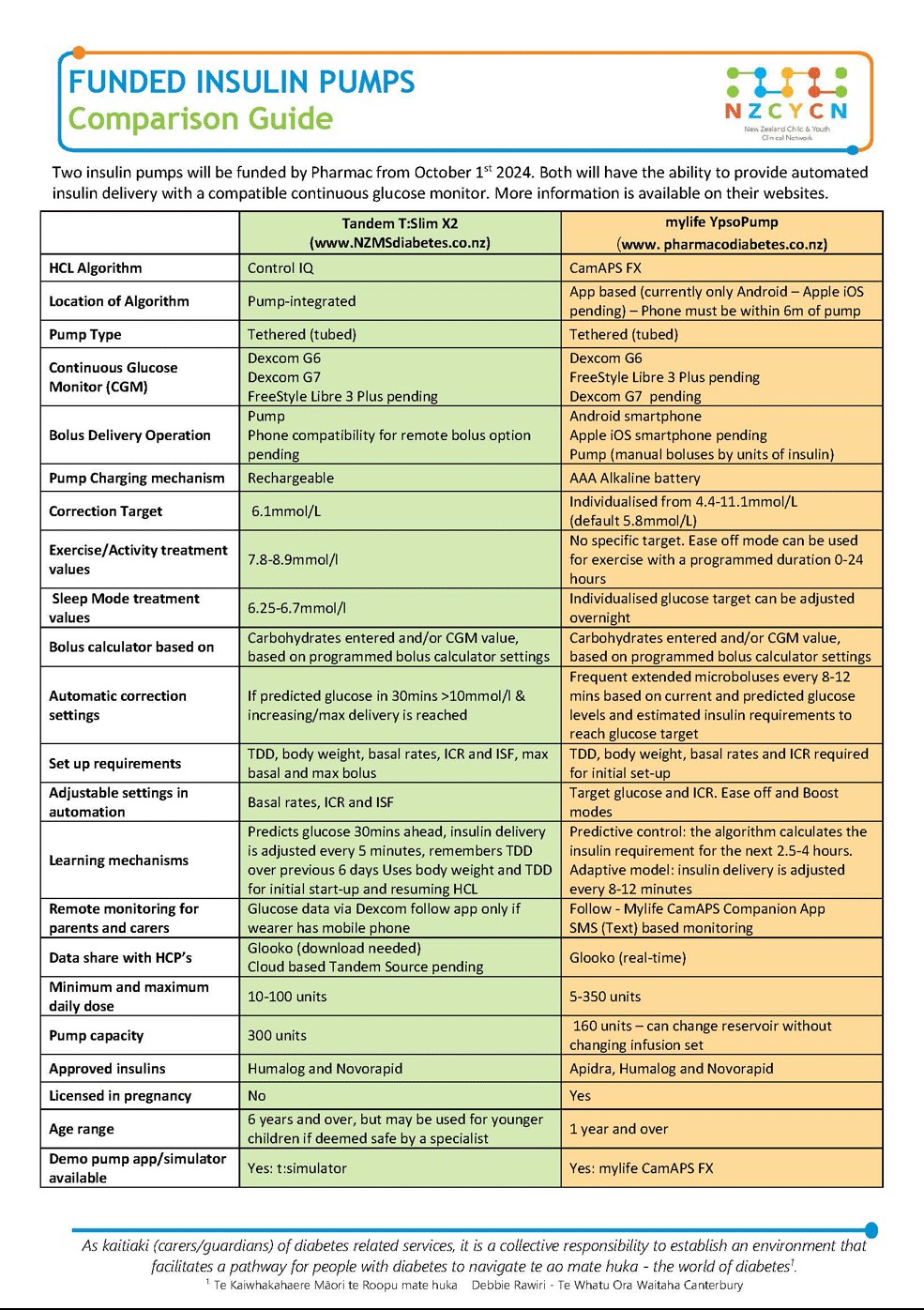*Te Kaiwhakahaere Māori te Roopu mate huka Debbie Rawiri - Te Whatu Ora Waitaha (Canterbury)
Approximately 2,000 tamariki and their whānau in Aotearoa live with the ongoing burden of diabetes care. Worryingly, the rates of type 2 diabetes are rising among taitamariki, which is a significant concern. Disparities in diabetes outcomes are heavily influenced by ethnicity and socioeconomic status, with Māori, Pasifika, and those in deprived communities at the highest risk of developing both short- and long-term complications. Regional variations in workforce availability, outcomes, and access to gold-standard therapies further exacerbate these disparities.
Network priorities
People: Nga Tāngata: We are focused on developing national tools and mechanisms to equip and support whānau in actively participating in their healthcare. By promoting health workforce development, we aim to empower professionals to deliver culturally safe, evidence-based care.
Partnerships and Connectedness: Our role as the expert advisory group for taitamariki diabetes in Aotearoa is strengthened through active partnerships and leadership across the health sector.
Improving Practice: Our efforts to enhance equity in healthcare for tamariki and rangatahi focus on quality improvement initiatives. We prioritise communities disproportionately affected by diabetes, including Māori, Pasifika, and disabled populations.
Sustainability: To ensure the long-term success of the clinical network, we are embedding sustainable practices and actively recruiting new members. Our recruitment efforts are focused on ensuring that the voices of Māori, Pasifika, and whānau are well-represented on the Reference Group, enabling us to maintain diverse perspectives in our work.
.png)




